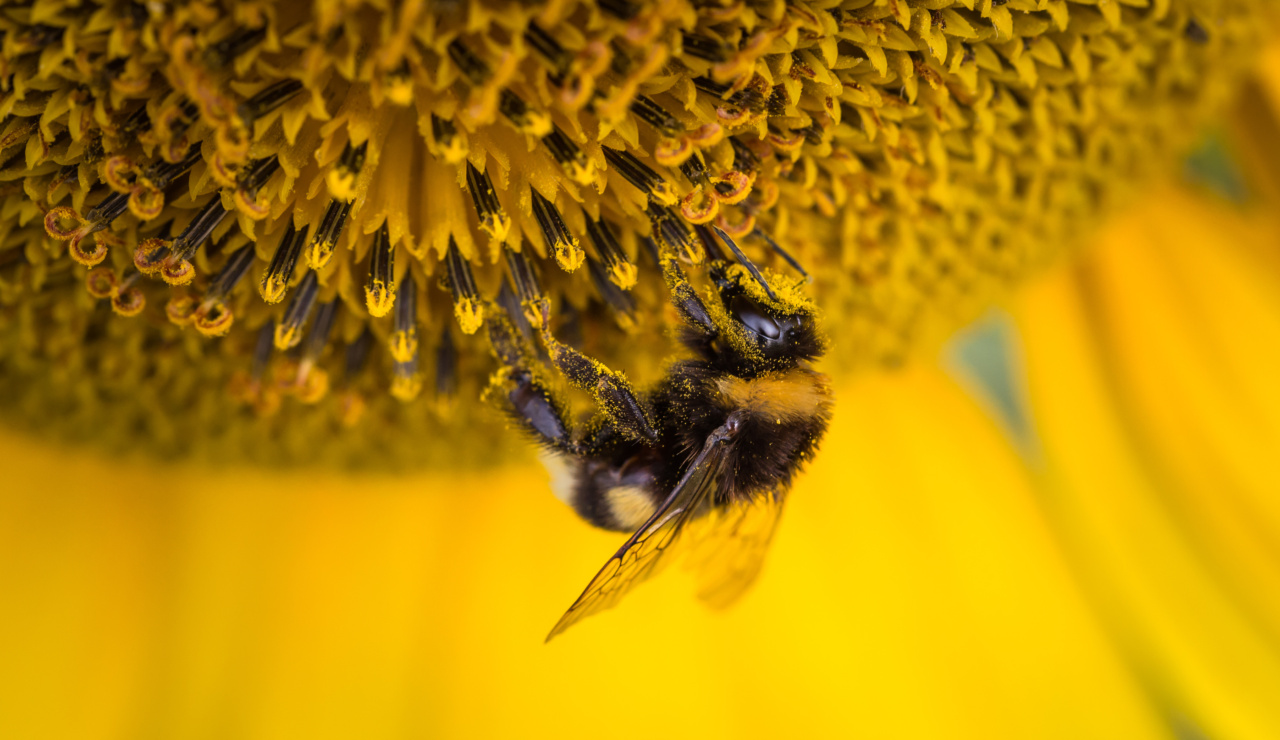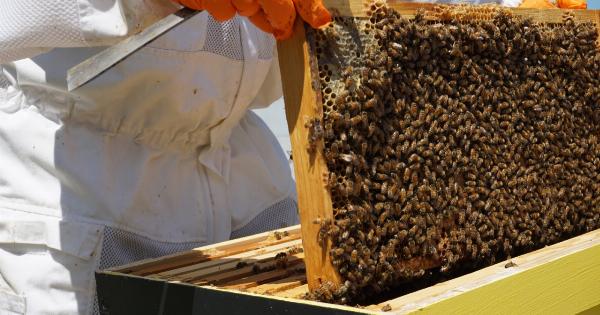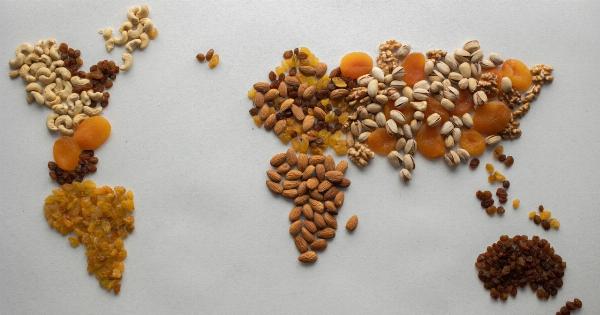Genetically Modified Organisms (GMOs) have become an integral part of modern agriculture, with the aim of increasing crop yields, improving resistance to pests and diseases, and enhancing nutritional value.
However, concerns have been raised about the potential risks of GMOs on human health and the environment. Honey, being a natural product directly derived from plants, has been scrutinized for the presence of genetically modified pollen, leading to debates and discussions regarding its safety and labeling.
This article aims to explore the assessment methods used to determine the percentage of genetically modified pollen in honey.
1. The Importance of Assessing GMO Pollen in Honey
Honey is a widely consumed sweetener and has a significant global market. It is produced by bees, who collect pollen from flowering plants as a source of food.
As bees are known to forage over large areas, honey can contain pollen from various plant species, including genetically modified crops. The presence of GMO pollen in honey raises concerns for consumers who wish to avoid genetically modified organisms in their diet.
2. Assessing GMO Pollen in Honey
Several methodologies are available to assess the presence of GMO pollen in honey. These methods can be broadly classified into two categories: qualitative and quantitative analysis.
3. Qualitative Analysis
Qualitative analysis determines the presence or absence of GMO pollen in honey samples. This analysis is usually based on DNA detection methods, such as polymerase chain reaction (PCR) and real-time PCR.
These techniques target specific DNA sequences that are unique to genetically modified crops.
4. Quantitative Analysis
Quantitative analysis aims to determine the percentage of GMO pollen in honey. This analysis utilizes quantitative PCR (qPCR) techniques, which measure the amount of genetically modified DNA present in a honey sample relative to the total DNA content.
Results are reported as a percentage, indicating the proportion of genetically modified pollen in the honey sample.
5. Limitations of Assessing GMO Pollen in Honey
While assessing GMO pollen in honey provides valuable information, there are certain limitations to consider.
The accuracy and reliability of the analysis depend on various factors, such as the sensitivity of the detection method, sample preparation techniques, and the DNA extraction process. Additionally, variations in the composition of honey, which can differ based on geographical regions and floral sources, may affect the detection and quantification of GMO pollen.
6. Regulations and Labeling
The presence of GMO pollen in honey has led to regulatory discussions and labeling requirements. Different countries have varying regulations regarding the labeling of GMO-containing honey.
Some countries require mandatory labeling, while others permit voluntary labeling. The thresholds for labeling also vary, with some countries specifying a minimum percentage of GMO pollen that triggers labeling requirements.
7. Consumer Awareness and Perception
Consumers exhibit varying levels of awareness and concern regarding GMOs and their presence in honey. Some consumers actively seek out honey labeled as GMO-free, while others may be less concerned or uninformed about the issue.
Consumer perception and knowledge play a crucial role in shaping market demand and influencing labeling requirements.
8. Conclusion
Assessing the percentage of genetically modified pollen in honey is essential for ensuring transparency and consumer choice.
Qualitative and quantitative analysis methods, though not without limitations, provide valuable insights into the presence and proportion of GMO pollen. Regulatory measures and labeling requirements can help inform consumers and empower them to make informed choices about the honey they consume.






























